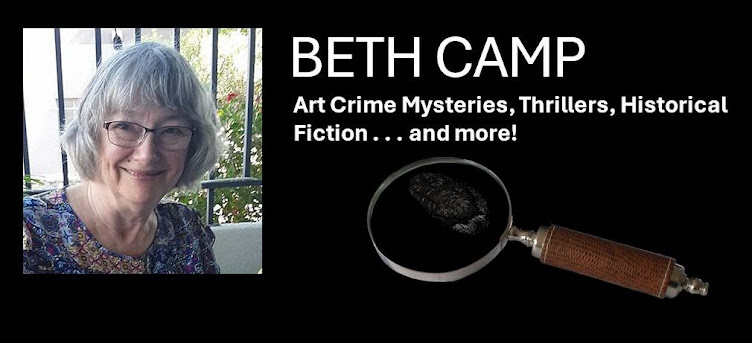I wrote about Mathinna's history last April. This evocative painting of her by Thomas Bock calls me back again and again, and so today I put the unveiling of this portrait in my story, Years of Stone, set in Tasmania in 1842.
But writing is never so simple. Sometimes there are surprises.
Right now I'm revising Years of Stone, rereading and revising, and yet feeling like progress is very slow. I read a note from Rick Bylina this morning who is cutting back on his social 'platform' to free up more time for writing. His cry: Write on! His personal challenge: 500 words a day.
So I thought perhaps I should just try this and write my 500 words.
I began by blocking the scene of a soiree at Government House because it was incomplete. I listed the characters, their potential motivations and conflicts, and then set the scene as Deidre looks at this painting of Mathinna, just unveiled.
 Now, of course, I had to go look at the painting again. Here's the surprise. Notice that oval surrounding Mathinna. There's rather an apocryphal story about Australian author Richard Flanagan being inspired by the painting of Mathinna, seen first in a storage room at a museum. The image here is unframed, but if the painting were framed in a typical oval frame, Mathinna's bare feet would be hidden. Ha!
Now, of course, I had to go look at the painting again. Here's the surprise. Notice that oval surrounding Mathinna. There's rather an apocryphal story about Australian author Richard Flanagan being inspired by the painting of Mathinna, seen first in a storage room at a museum. The image here is unframed, but if the painting were framed in a typical oval frame, Mathinna's bare feet would be hidden. Ha!Former convict painter Thomas Bock, truly celebrated today for his insightful early paintings of aboriginals, and popular in the 1830s until his death in 1855 for his portraits of the wealthy, gave us quite a gift. A picture of the essential Mathinna.
Here's the scene that resulted:
Deidre drew closer to the framed, formal painting. Mathinna’s
expressive dark eyes looked back at her, forever six years old, a plaintive
half-smile on her lips, hands clasped, as Deidre had never seen her, Mathinna, sitting quietly, no possum nearby.
“What do you think of it?” asked Thomas Bock, his high dome
forehead catching the light from the chandeliers above.
“It’s certainly very true to her nature,” replied Deidre. “She
seems wistful.”
“Ah, she didn’t want to sit still.” Bock gestured at the painting. “She wanted to
have her little pet painted as well, but Lady Franklin did not approve. So, we
made a concession. She was to sit still, and I was to paint her bare feet, but
outside the oval of the formal portrait. I wish you could see the whole painting.”
Deidre looked at the painting again and tried to imagine Mathinna's
bare feet peeking out from her beloved red dress. With the ornate oval frame, that essential symbol of her freedom and her exuberance hidden, Mathinna was fixed in time, proper and sedate. “It’s still a remarkable
painting.”
Source of image: Wikipedia

Interesting and informative, Beth. I quite like your writing style as well. Thanks for the link.
ReplyDeleteThis comment has been removed by a blog administrator.
ReplyDelete